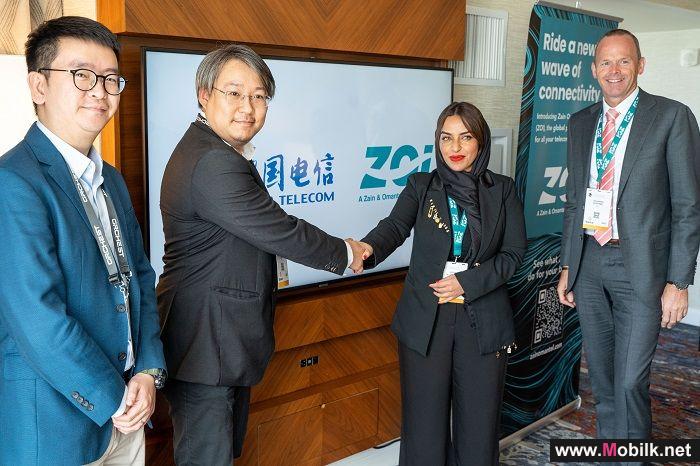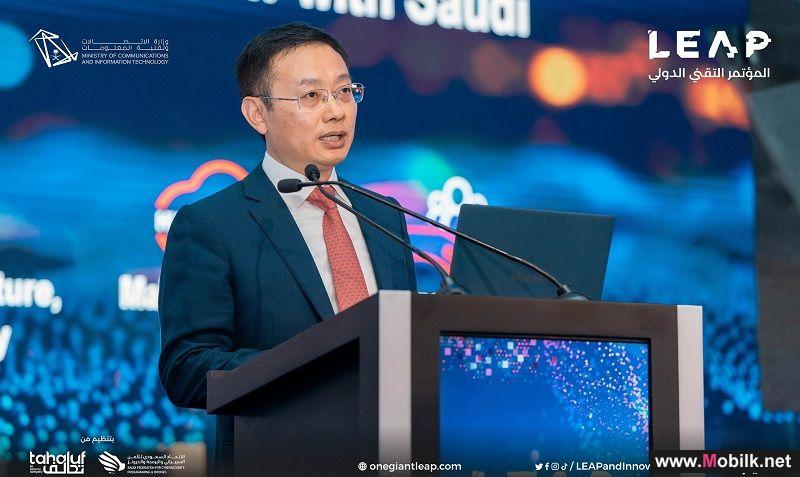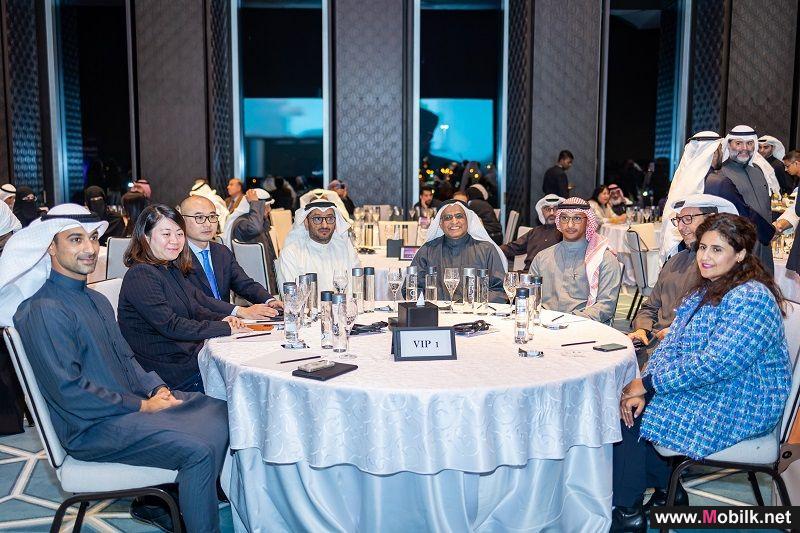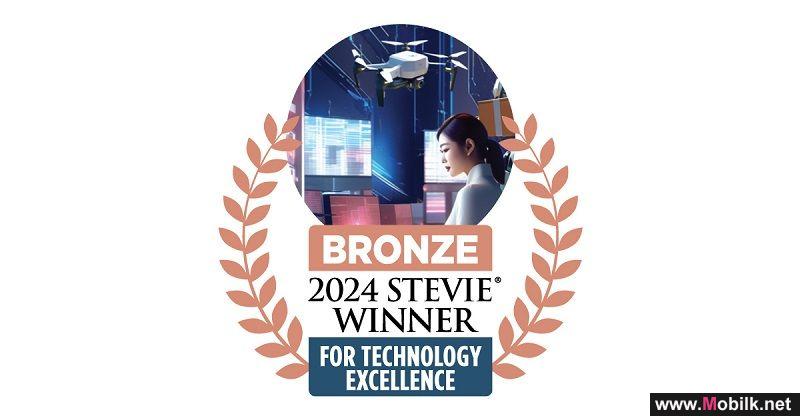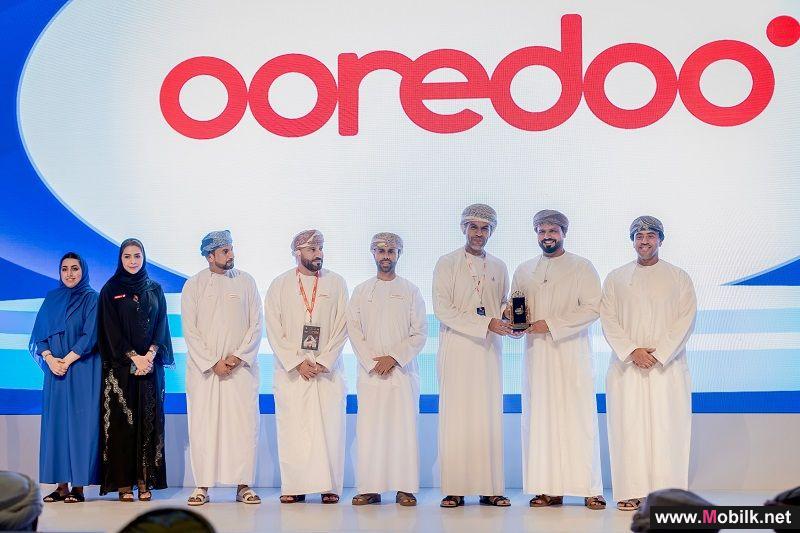Five Tips for Middle East Enterprises to Become Mobile-First
Mobilk - Summary: How close is the average enterprise to becoming cloud-first and mobile-first and what are the key steps?
Today, despite having a clear understanding of the benefits of mobile-first, a majority of enterprises still have an ad-hoc approach to mobile app development and are only beginning to consider platform selection to help them formalize their mobile strategy. Organizations are adopting cloud-based services to support traditional business processes, but a very small percentage are using the cloud for their mobile initiatives. They still have a long way to go in adopting a mobile app strategy and using app reporting and analytics to measure productivity gains and return on mobility (ROM).
Authentication and security of corporate information flowing to and from mobile devices are undoubtedly major concerns, besides the cost and complexity of developing and managing apps and backend integration of enterprise apps in the cloud.
Life in the fast lane
To address the security, governance and back-end integration issues cited by enterprises, Gartner’s Richard Marshall, has advised enterprises to take a “bimodal” approach to mobile app development with “core IT” and “fast IT” running concurrently. He acknowledges that governance and security cannot be compromised, but advises that business IT must be more flexible in order to meet customer demand and rapidly respond to market changes. Core IT is focused on long term business operations and maintains existing user security policies, development platforms, back-end integration, governance and controls. Fast IT enables business agility through rapid development of tactical mobile applications, in response to customer demand and market opportunities. Apps are developed in days or weeks, and only the required amount of data is accessed for mobile apps, without relinquishing control over corporate data stored in back-end systems.
To explain the advantage of the bimodal approach, Marshall points to the examples of a retailer rapidly developing and deploying a mobile app to boost sales during holiday periods; and a rail infrastructure provider that was able to develop and push out a mobile app in a matter of days to enable local flood damage to be reported by trackside engineers. Once these periods of peak demand are over, the app is withdrawn.
5 steps to becoming mobile-first:
After working with numerous enterprises on their mobile app strategies, we have highlighted the common steps that lead to mobile-first.
1: Select open standards
Mobile app projects demand rapid innovation and short, iterative development cycles To maximize agility, enterprises must avoid vendor lock in by using mobile application platforms that support open standards. Look for platforms that offer ongoing and open support for the common and leading edge coding languages, JavaScript frameworks and developer toolkits. Providing your Fast IT team with access to lightweight scripting technologies and the ability to re-use existing code helps to speed time to deployment.
2: Focus on data rather than devices
Evaluate your enterprise data capture and backend system integration requirements. The ability to unleash data efficiently, securely and seamlessly to your employees’ devices is critical. Mobile Backend as a Service (MBaaS) platforms excel at integrating apps with backend systems and other third party services, by acting as a cloud-based hub between mobile clients and systems they need to access.
3: Consult users prior to deployment and work collaboratively
Fast IT teams should adopt a strong partnership approach with the business customer. Allow employees to select the mobile device, app features and user interface that are most suited to their role and working environment.
The average enterprise mobile app development project requires at least 20 personnel, including business heads, developers, project managers, IT and employees. By collaborating and using the same technology standards and requirements, a Mobile Centre of Excellence or Mobile Steering Committee can guide mobile projects across multiple business units, without creating new silos.
4: Consider the whole app lifecycle
Apps require frequent updates and upgrades so choosing an infrastructure that reduces the management burden by enabling updates to be pushed or pulled from the cloud or an enterprise app store will pay dividends. Using an enterprise-grade mobile backend as a service (MBaaS) with an API infrastructure enables legacy systems to be easily accessed by mobile devices. The best mobile app platforms transmit a small filtered set of data from the back-end to avoid overloading the handset.
5: Take a MAP with you
RedMonk analyst, Donnie Berkholz has commented that enterprises need to find ways to speed up their app production. He warns that providers that are not truly cloud-based will find it increasingly difficult to deliver the levels of app agility now required by enterprises.
Selecting a Mobile Application Platform (MAP) allows enterprises to plan their mobile app strategies, without worrying about redeveloping code for every new batch of devices or new OS. With some organisations requiring anywhere from 10-100 apps to serve different business units, the time required to build apps can appear prohibitive. The right mobile platform can halve app development time from six months to just 60-90 days. The key is to reuse application code and backend services where possible in order to speed integration.
Conclusion:
It’s time to dispel the old myths surrounding mobile app development being to costly, complex and lengthy. Enterprises need to be aware that today’s technology allows for the swift creation of apps without vendor lock-in and without compromising existing IT governance. Agile, open, collaborative and powerful cloud-based mobile application platforms enable bimodal IT and allow enterprises to become mobile-first
Reports and Studies
China Telecom Global Limited (CTG), the world-leading provider of integrated telecommunication services, has signed a strategic subsea capacity and..
Reports and Studies
Espoo, Finland – Nokia, Qualcomm Technologies, Inc., and T-Mobile today announced that they have achieved a worlds first showcase of successfully..
Reports and Studies
Steven Yi, President of Huawei Middle East and Central Asia, gave a keynote on the second day of LEAP, Saudi Arabias largest and most comprehensive..

 Vodafone Oman
Vodafone Oman Emirates Telecom
Emirates Telecom  Ooredoo Om
Ooredoo Om Ooredoo Qa
Ooredoo Qa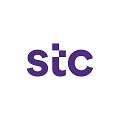 stc Bahrain
stc Bahrain Orange Egypt
Orange Egypt Mobily
Mobily Zain Jo
Zain Jo omantel
omantel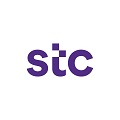 STC
STC Emirates Du
Emirates Du Asiacell
Asiacell Etisalat Egypt
Etisalat Egypt  Telecom Egypt
Telecom Egypt jawwal
jawwal Orange Jo
Orange Jo Umniah
Umniah Zain Sa
Zain Sa Bahrain Batelco
Bahrain Batelco Zain Bh
Zain Bh Wataniya palestine
Wataniya palestine Kuwait Viva
Kuwait Viva  Zain Kw
Zain Kw Vodafone Qa
Vodafone Qa MTN Syria
MTN Syria Syriatel
Syriatel Sabafon
Sabafon Zain Iq
Zain Iq MTN Yemen
MTN Yemen Ooredoo Kw
Ooredoo Kw Vodafone Egypt
Vodafone Egypt  Samatel
Samatel Huawei
Huawei Samsung
Samsung MOTOROLA
MOTOROLA Lenovo
Lenovo Alcatel
Alcatel LG
LG Nokia
Nokia Sony Ericsson
Sony Ericsson HTC
HTC BlackBerry
BlackBerry Siemens
Siemens Acer
Acer Sony
Sony Asus
Asus VK
VK APPLE
APPLE BenQ-Siemens
BenQ-Siemens Sagem
Sagem Eten
Eten HP
HP Panasonic
Panasonic Amoi
Amoi Toshiba
Toshiba Sharp
Sharp Sonim
Sonim Bird
Bird Mitac
Mitac Philips
Philips Vertu
Vertu Pantech
Pantech Micromax
Micromax Maxon
Maxon Haier
Haier I-mate
I-mate Gigabyte
Gigabyte I-mobile
I-mobile Kyocera
Kyocera BenQ
BenQ Microsoft
Microsoft Telit
Telit Connect
Connect Sendo
Sendo Mitsubishi
Mitsubishi SEWON
SEWON NEC
NEC DELL
DELL Thuraya
Thuraya Neonode
Neonode Be
Be Qtek
Qtek Bosch
Bosch Palm
Palm MWG
MWG Fujitsu Siemens
Fujitsu Siemens XCute
XCute WND
WND INQ
INQ O2
O2 Innostream
Innostream Benefon
Benefon Google
Google




